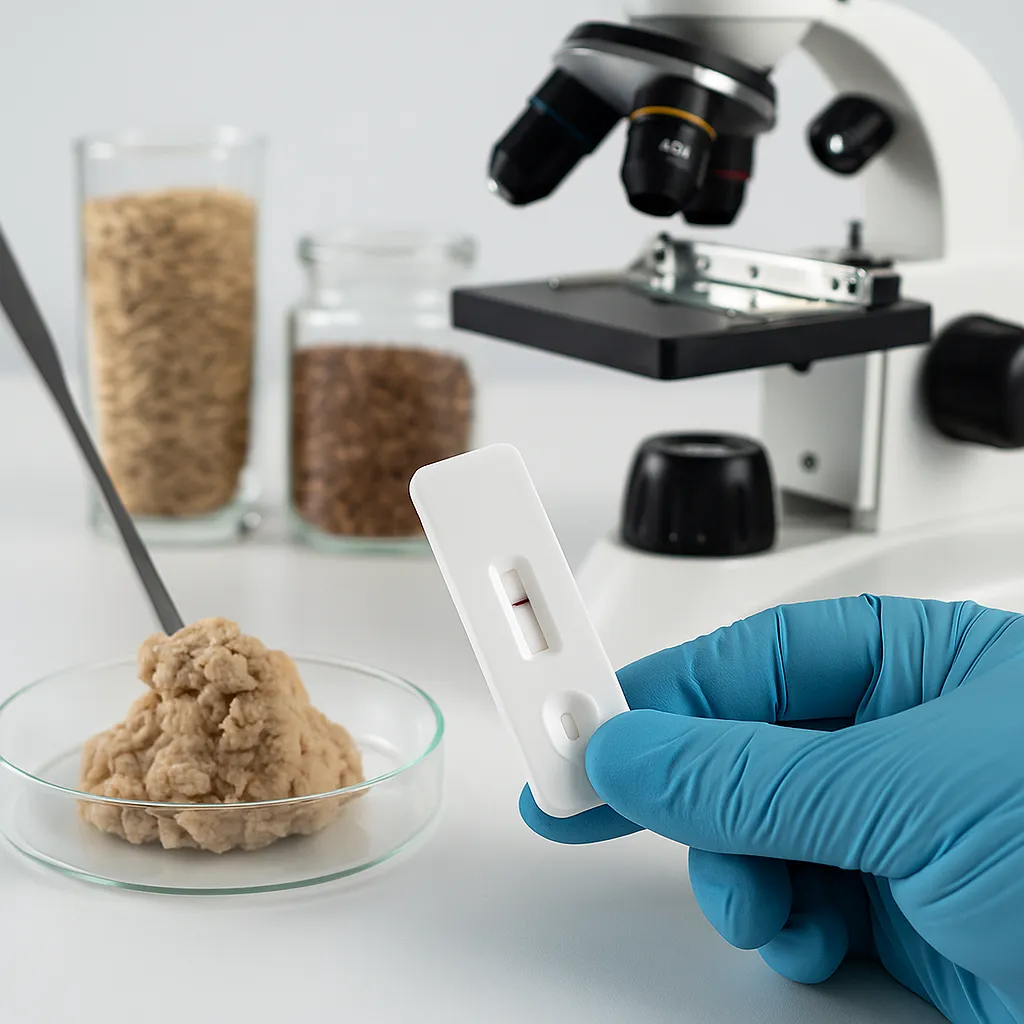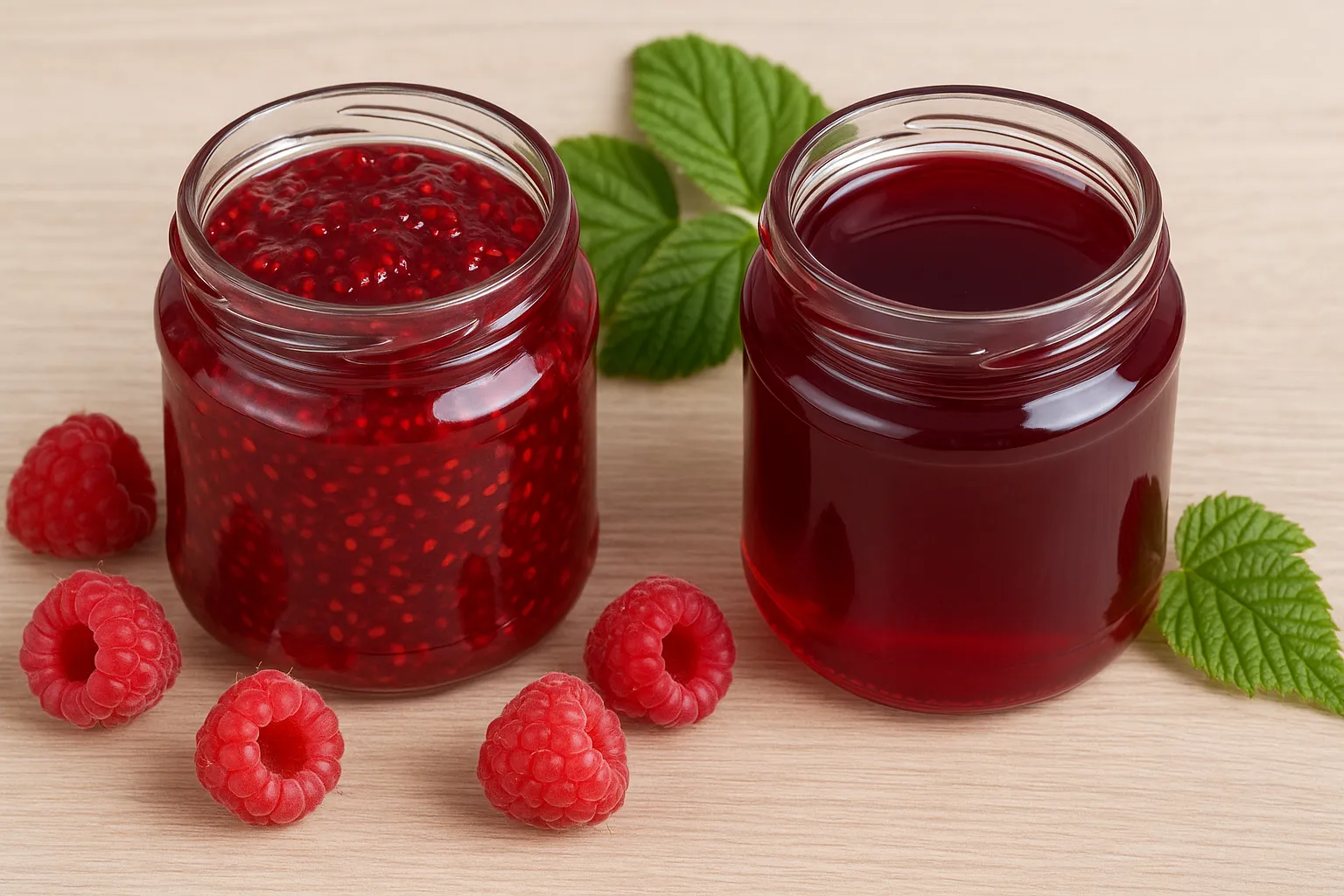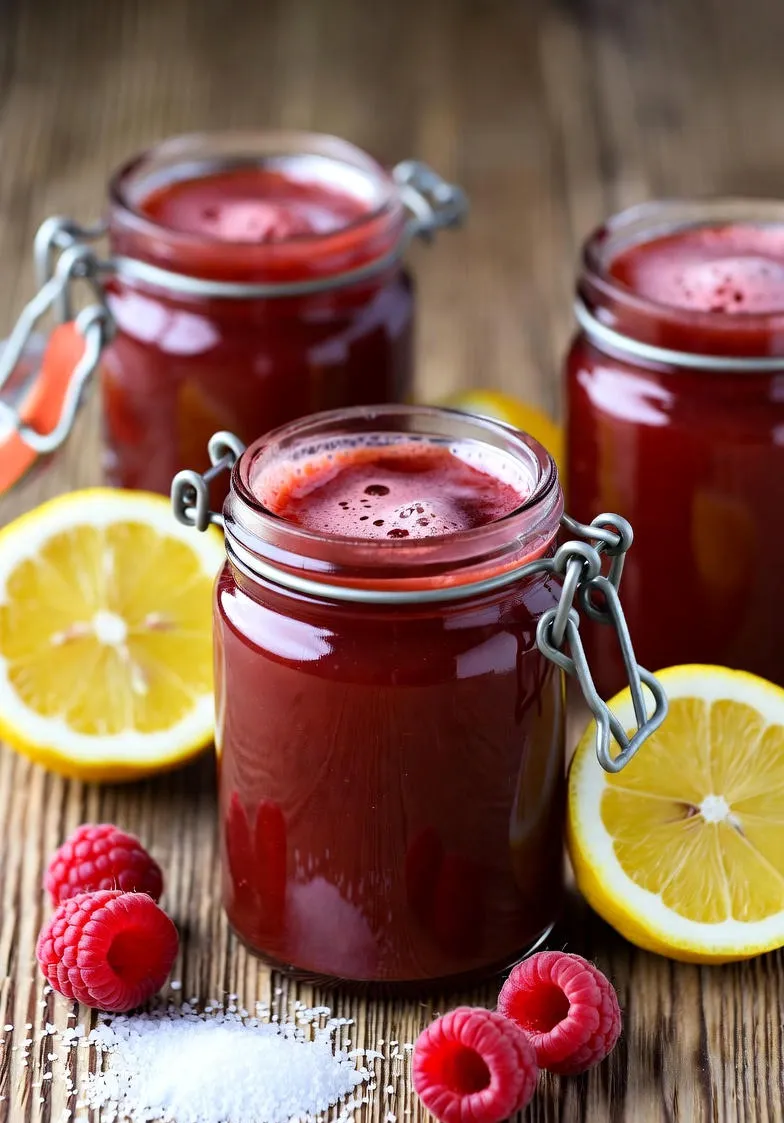The Ultimate Step-by-Step Guide to Washing Zucchini: Safety, Technique, and Preservation
Learn the definitive, step-by-step method for washing zucchini, including techniques for removing pesticides and dirt, essential tools, and tips for safe storage to extend freshness.

🥕 Why Proper Zucchini Washing is Essential for Your Health
Zucchini, a versatile and popular summer squash, is a nutritional powerhouse. It's low in calories, high in water content, and packed with essential vitamins and minerals like Vitamin C and potassium. Whether you grow it in your backyard or purchase it from a grocery store or farmer's market, preparing zucchini safely is the first crucial step before cooking or consumption.
However, the journey from farm to fork exposes zucchini to various contaminants. The outer skin, while thin and often consumed, can harbor:
- Pesticide Residues: If not organically grown, conventional zucchini may have residues from agricultural sprays used to protect the crop.
- Dirt and Soil: Contact with the ground during growth and harvesting inevitably leaves behind particles of dirt and soil.
- Bacteria and Microorganisms: Handling during packaging, shipping, and stocking, as well as contact with water used for irrigation, can introduce bacteria like E. coli and Salmonella.
- Waxes and Preservatives: Some commercially grown zucchini may be treated with a thin layer of edible wax to enhance shelf life and appearance.
A thorough wash minimizes the risk of consuming these harmful substances, ensuring your zucchini dishes are as healthy and safe as possible. Since the skin of zucchini is edible and often included in recipes, a proper cleaning technique that doesn't damage the vegetable is key.
---🧼 Preparation: What You'll Need
Before you begin the washing process, gather the following simple tools:
- Cold Running Water: Essential for rinsing away contaminants.
- A Clean Sink or Bowl: To hold the zucchini and water.
- A Soft Vegetable Brush or Clean Cloth: Necessary for gently scrubbing the surface. Avoid abrasive scourers that could damage the delicate skin.
- A Colander or Salad Spinner: For draining and drying the washed zucchini.
- Optional: White Vinegar or Baking Soda: Natural cleaning agents for an extra layer of sanitation, particularly if the zucchini is very dirty or conventionally grown.
A Quick Note on Soaps and Detergents:
💧 The Step-by-Step Washing Process
Follow these steps for a safe and effective clean:
Step 1: The Initial Visual Inspection and Trim
- Examine the Zucchini: Look closely at the entire surface. Check for any visible dirt clumps, blemishes, soft spots, or signs of mold.
- Trim the Ends: Use a sharp, clean knife to slice off both the stem end and the blossom end (typically about a quarter to a half-inch). These ends are usually tough and can harbor dirt and bacteria, especially near the stem scar.
- Remove Blemishes: If you find any small soft spots or bruises, cut them out with a knife to prevent bacteria from spreading to the rest of the squash.
Step 2: The Rinse
Place the zucchini under cool running water. Do not use hot water, as it can cause the vegetable to absorb contaminants into its flesh. Run your hands over the surface to dislodge loose dirt. This initial rinse removes the majority of superficial soil.
Step 3: The Gentle Scrub
This is the most critical step, especially for root vegetables and squashes with textured skin.
- Using a Brush: Take your soft vegetable brush or a clean, non-abrasive cloth. Gently scrub the entire surface of the zucchini under running water. Use light pressure; the goal is to lift surface debris and residues, not to peel or damage the skin.
- Focus on Grooves: Pay extra attention to the slight grooves and the areas around where the stem was attached.
Step 4: The Optional Soak (For Extra Sanitation)
If you're concerned about pesticides or bacteria, a brief soak in a natural sanitizing solution can be beneficial. Prepare one of the following solutions:
- Vinegar Solution: Mix three parts water with one part distilled white vinegar (e.g., 3 cups water and 1 cup vinegar) in a clean bowl.
- Baking Soda Solution: Dissolve a tablespoon of baking soda in four cups of water.
Submerge the zucchini in the chosen solution for no more than 2–3 minutes. Soaking for too long can degrade the texture or allow the vegetable to absorb too much liquid. After the soak, rinse the zucchini thoroughly under fresh, cold running water to remove any lingering taste or residue from the solution.
Step 5: The Final Rinse and Dry
- Rinse Again: Give the zucchini a final, thorough rinse under cold running water. This ensures all traces of dirt, scrub water, and sanitizing solutions are gone.
- Pat Dry: Gently pat the zucchini dry with a clean paper towel or a dedicated, clean kitchen towel. A dry surface is important for several reasons: it prevents the growth of mold/bacteria if storing, and it's essential for recipes where excess moisture (like sautéing or frying) is undesirable.
- Air Dry (Optional): You can also place the zucchini in a colander or on a wire rack to air dry completely.
⏳ Storage and Timing: When to Wash Your Zucchini
The timing of washing significantly impacts the zucchini's shelf life:
- Wash Just Before Use: The best practice is to wash your zucchini immediately before you plan to cut and cook it. Excess moisture promotes microbial growth and hastens spoilage. Washing and storing wet zucchini will drastically reduce its freshness.
- Storing Unwashed Zucchini: Zucchini should be stored unwashed in the crisper drawer of your refrigerator, ideally in a perforated plastic bag or a loosely closed paper bag. This allows for air circulation while maintaining necessary humidity.
Note on Pre-Cut Zucchini: If you've bought pre-cut zucchini, it should still be rinsed briefly before use, but it will have a much shorter shelf life than whole zucchini.
---👩🍳 Cooking Tips: Utilizing the Whole Zucchini
Proper washing allows you to safely and confidently use the entire zucchini, minimizing waste and maximizing nutrient intake.
- Edible Skin: The skin is where many of the nutrients and a lot of the flavor are concentrated. Since it’s thin, zucchini rarely needs to be peeled. A thorough wash is all that's required to make the skin safe to eat.
- Flower Power: If you are lucky enough to have zucchini with their flowers (squash blossoms) still attached, remember to wash the blossoms as well! Gently rinse them under a very light stream of water or wipe them with a damp paper towel, as they are extremely delicate.
- Size Matters: Smaller to medium-sized zucchini generally have thinner, more tender skin and smaller seeds. Large, overgrown zucchini can have tougher skin that might benefit from a more vigorous (though still gentle) scrub.
By integrating this comprehensive washing routine into your food prep, you not only ensure the safety of your meals but also preserve the fresh taste and health benefits of this wonderful summer vegetable.


